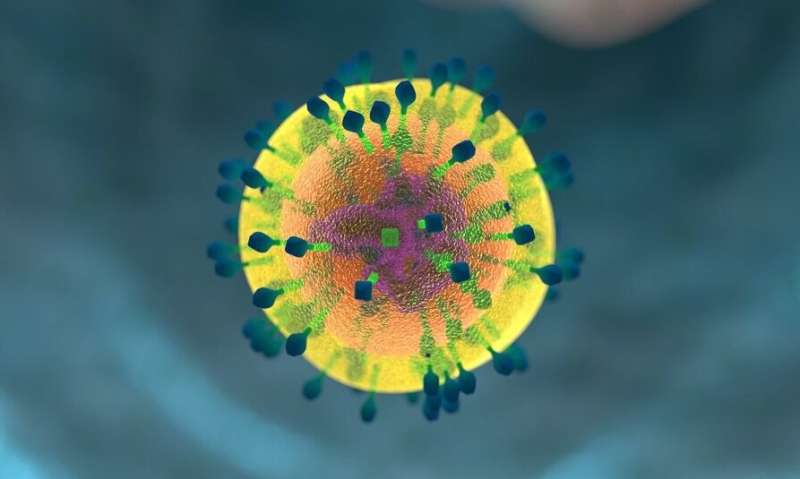Emerging Role of Extracellular Matrix Pathways as a Target in Pediatric Cancer Treatment

New research identifies the extracellular matrix as a promising target for developing more precise therapies for pediatric rhabdomyosarcoma, highlighting molecular differences that impact treatment strategies.
Recent research conducted at Children's Hospital Los Angeles has shed light on a crucial molecular difference between the two primary types of rhabdomyosarcoma, a common pediatric soft tissue cancer. This discovery paves the way for developing more tailored therapeutic strategies. The study, led by Dr. JinSeok Park, uncovering that rhabdomyosarcoma tumors harboring the PAX3-FOXO1 fusion gene exhibit significantly reduced interaction with the surrounding extracellular matrix (ECM), compared to tumors lacking this gene. When the fusion gene is deactivated experimentally, these tumor cells increase their interaction with the ECM, aligning more closely with the behavior of fusion-negative tumors. These insights highlight the ECM as a promising therapeutic target.
The research emphasizes the role of the tumor microenvironment in cancer progression. It was found that fusion-negative tumors rely heavily on TGFβ signaling to maintain their attachment to the ECM, which is vital for their survival. Disrupting this pathway causes tumor cell death. Conversely, fusion-positive tumors, due to the influence of the PAX3-FOXO1 gene, suppress TGFβ signaling, making these cancer cells less dependent on the ECM and more mobile, potentially facilitating metastasis.
Importantly, knocking out the PAX3-FOXO1 gene in fusion-positive cells increased their dependence on the ECM, rendering them vulnerable to similar treatment approaches used for fusion-negative tumors. This unified targeting strategy offers new hope for more effective therapies tailored to tumor genetics.
Rhabdomyosarcoma originates from skeletal muscle cells and exhibits two main molecular subtypes: those with the PAX3-FOXO1 fusion gene (fusion-positive), generally associated with aggressive behavior and poorer prognosis, and fusion-negative types. Current treatments—surgery, chemotherapy, and radiation—apply broadly to both, despite their molecular differences. The findings from Dr. Park's team aim to develop targeted therapies that consider these molecular distinctions, especially focusing on the tumor microenvironment.
Future research is focused on understanding how varying levels of PAX3-FOXO1 expression influence tumor behavior and treatment response. This approach hopes to enhance personalized treatment plans, ultimately improving outcomes for children affected by this disease.
Stay Updated with Mia's Feed
Get the latest health & wellness insights delivered straight to your inbox.
Related Articles
Research Shows Pitchers Have Thicker UCL Ligaments in the Elbow, Heightening Injury Risks
A recent study found that pitchers in college have thicker ulnar collateral ligaments in their elbows, increasing injury risks. Higher elbow torque and throw volume contribute to ligament changes, informing prevention strategies.
Innovative Leukemia-On-A-Chip Device Revolutionizes CAR T Therapy Testing
Researchers at NYU have developed the first immunocompetent leukemia-on-a-chip device, transforming how CAR T-cell therapies are tested and personalized, reducing reliance on animal models.
Exercise as a Protective Measure Against Fatty Liver Disease via Bile Acid Metabolism
New research highlights how regular aerobic exercise boosts bile acid production, aiding in the prevention of fatty liver disease by enhancing cholesterol metabolism and liver health.



